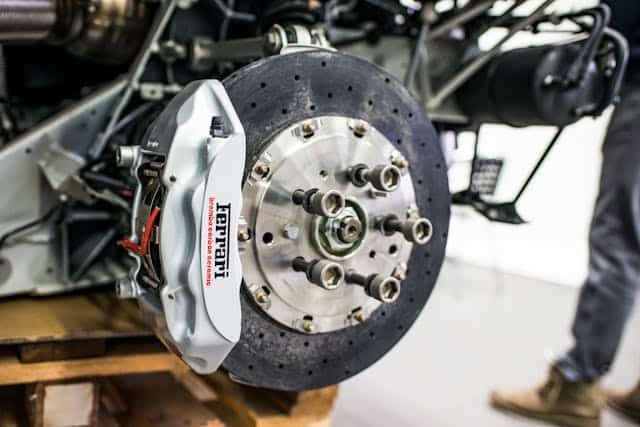How to Protect Your Vehicle from Future Collisions
 No driver wants to experience a vehicle collision. Not only can it be a traumatic experience, but the aftermath of dealing with car repairs and insurance can be equally stressful. Fortunately, there are proactive measures you can take to minimize your risk of future accidents. This article offers practical advice on how to protect your vehicle from collisions by enhancing safety through preventive measures, technology, and mindful driving practices.
No driver wants to experience a vehicle collision. Not only can it be a traumatic experience, but the aftermath of dealing with car repairs and insurance can be equally stressful. Fortunately, there are proactive measures you can take to minimize your risk of future accidents. This article offers practical advice on how to protect your vehicle from collisions by enhancing safety through preventive measures, technology, and mindful driving practices.
Implement Preventive Maintenance
Regular Vehicle Checks
Ensuring your vehicle is in top operating condition is crucial for safe driving. Regular maintenance checks, including brakes, tires, lights, and engine performance, can prevent accidents caused by vehicle malfunctions. For instance, well-maintained brakes and tires improve your ability to stop quickly in an emergency.
Address Issues Promptly
Never ignore warning lights or unusual noises from your vehicle. These could indicate underlying problems that might compromise your vehicle’s safety. Addressing issues promptly can prevent situations where your vehicle might not perform optimally, leading to collisions.
Upgrade Safety Features
Invest in Advanced Driver-Assistance Systems (ADAS)
If your vehicle doesn’t already have them, consider upgrading to include features like automatic emergency braking, blind-spot detection, and lane-keeping assist. These systems provide critical support in preventing collisions by compensating for human error, offering alerts, and in some cases, taking automatic action to avoid accidents.
Enhance Visibility
Improving how well you can see and be seen is a key factor in collision prevention. This can involve upgrading to better-quality headlamps, adding auxiliary lights, and ensuring all lights are clean and functioning properly. Reflective decals can also enhance visibility to other drivers, especially in low-light conditions.
Cultivate Safe Driving Habits
Defensive Driving
Defensive driving courses teach techniques to help anticipate potential hazards, understand the actions of other drivers, and react appropriately. Embracing defensive driving techniques can significantly reduce your risk of collisions by improving your awareness and decision-making in complex driving scenarios.
Minimize Distractions
Distraction is a leading cause of vehicular accidents. Avoid using your phone, eating, or any other activities that take your focus away from the road. If you need to attend to an issue, it’s safer to pull over than to multitask while driving.
Plan Your Travel
Avoid High-Risk Areas
Plan your routes to avoid high-risk areas such as intersections known for accidents or areas with heavy pedestrian traffic. Utilizing GPS and traffic apps can help you avoid congested areas and suggest safer alternatives.
Check Weather Conditions
Adverse weather conditions significantly increase the risk of accidents. Check weather forecasts and plan your travel accordingly. If severe weather is expected, consider altering your travel times to avoid being on the road during the worst conditions.
Conclusion
While it’s impossible to eliminate the risk of vehicle collisions entirely, taking proactive steps to maintain your vehicle, upgrade its safety features, and adopt safer driving habits can significantly reduce your chances of an accident. Protecting your vehicle from future collisions not only enhances your safety but also contributes to a more positive driving experience. Remember, investing in your vehicle’s safety is also an investment in your peace of mind.

